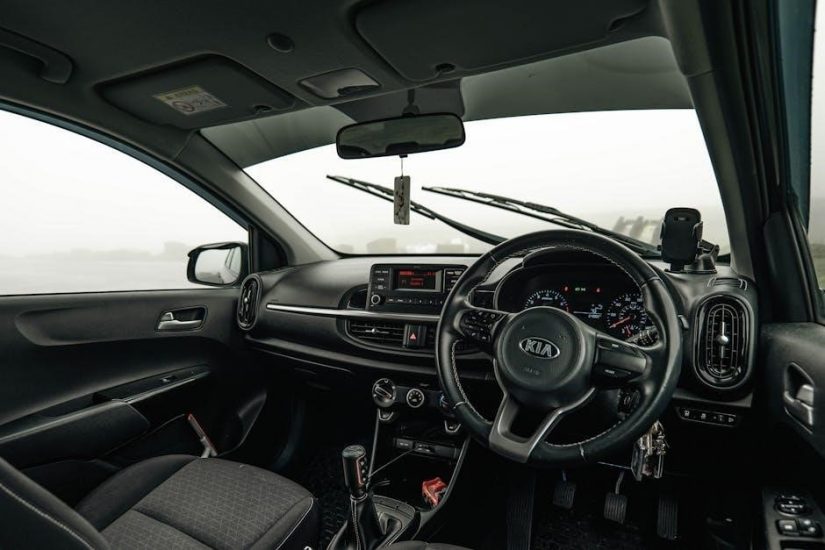Welcome to the Doona Car Seat Manual! This guide provides essential information for safe and proper use of the Doona Infant Car Seat & Stroller.
Discover how to install, maintain, and troubleshoot your Doona, ensuring your child’s safety and comfort in both car and stroller modes.
Designed for parents seeking convenience, the Doona combines a rear-facing car seat with a stroller, suitable for infants weighing 4-35 lbs (1.8-15.8 kg).
Read carefully to understand its features, usage restrictions, and maintenance tips for optimal performance and safety.
1.1 Overview of the Doona Car Seat
The Doona Car Seat is a revolutionary, 2-in-1 infant car seat and stroller designed for convenience and safety. It is rear-facing and suitable for infants weighing 4-35 lbs (1.8-15.8 kg) and up to 32 inches (81 cm) in height.
Its unique design allows seamless transitions between car seat and stroller modes, making it ideal for parents seeking versatility. The Doona features a sturdy, compact frame and an easy-to-use folding mechanism for storage and transport.
Approved for air travel without the base, it offers added flexibility for families on the go. The Doona also includes a sunshade for UV protection and storage compartments for essentials, ensuring practicality and comfort for both child and parent.
With its innovative design and safety certifications, the Doona Car Seat is a popular choice for modern families prioritizing safety, convenience, and style.
1.2 Importance of Reading the Manual
Reading the Doona Car Seat Manual is crucial for ensuring the safe and proper use of the product. It provides detailed instructions for installation, maintenance, and troubleshooting, helping parents maximize the seat’s safety features and functionality.
The manual outlines essential safety guidelines, such as usage restrictions, weight and height limits, and post-crash procedures. It also explains how to secure the base, attach the seat, and transition between car seat and stroller modes.
By following the manual, parents can avoid common mistakes, such as improper installation or misuse of features, which could compromise their child’s safety. Additionally, the manual ensures compliance with safety standards and regulations.
Investing time to read and understand the manual is a critical step in protecting your child and making the most of the Doona Car Seat’s innovative design and capabilities.
1.3 Target Audience for the Doona Car Seat
The Doona Car Seat is designed for parents seeking a versatile, safe, and convenient solution for transporting their infants. It caters to caregivers who value the integration of a car seat and stroller in one product, offering ease of use and portability.
Primary users include parents of infants weighing between 4 to 35 lbs (1.8 to 15.8 kg) and measuring up to 32 inches (81 cm) in height. This product is ideal for urban families who need a compact, lightweight option for daily errands and travel.
Additionally, the Doona appeals to parents who prioritize safety and innovation, as it combines a rear-facing car seat with a fully integrated stroller, eliminating the need for separate purchases.
Overall, the Doona Car Seat is tailored for caregivers who desire a practical, high-quality product that enhances their mobility and ensures their child’s safety and comfort.
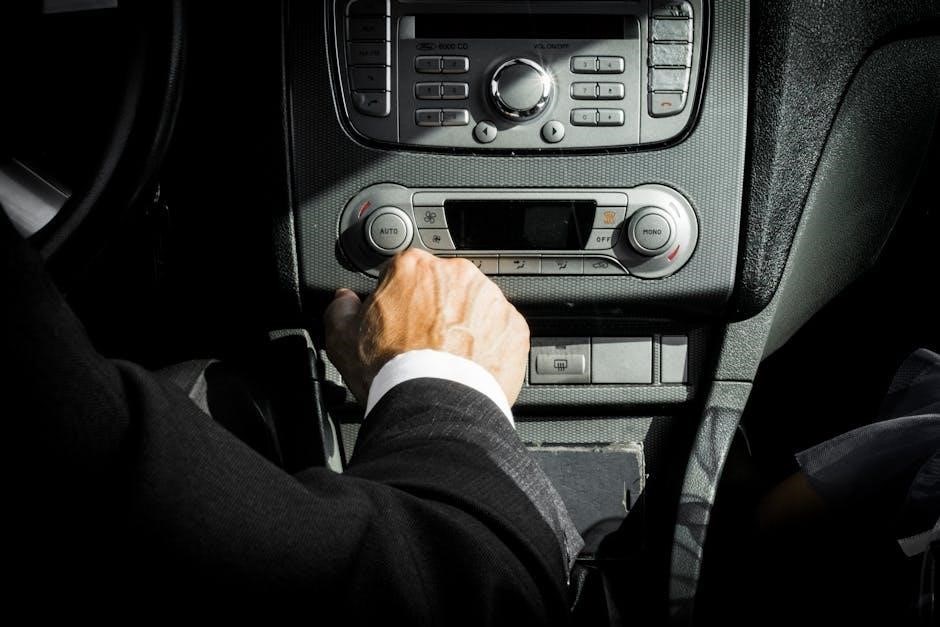
Key Features of the Doona Car Seat
The Doona Car Seat features a rear-facing design for infants, weight limits of 4-35 lbs, and integrated stroller functionality for convenience and safety, making it ideal for newborns and toddlers.
2.1 Rear-Facing Design
The Doona Car Seat is designed to be used in a rear-facing position, which is the safest orientation for infants and young children during travel. This design ensures that the seat absorbs and distributes the forces of an impact, protecting the child’s delicate neck and spine. The rear-facing position is recommended for infants until they reach the maximum weight or height limit specified by the manufacturer, typically up to 35 pounds or 32 inches tall. Parents should always adhere to these guidelines to ensure optimal safety. Additionally, the seat’s integrated stroller functionality allows for seamless transitions from car to stroller without disturbing the child. Proper installation and usage are crucial to maximizing the safety benefits of the rear-facing design. Always refer to the manual for specific instructions on securing the seat and child correctly.
2.2 Weight and Height Limits
The Doona Car Seat is designed for infants with specific weight and height restrictions to ensure safety and proper fit. The seat accommodates children weighing between 4 to 35 pounds (1.8 to 15.8 kg) and with a maximum height of 32 inches (81 cm). Exceeding these limits may compromise safety and is not recommended. Parents must monitor their child’s growth to ensure they stay within these guidelines. The weight and height limits are crucial for the seat’s structural integrity and crash performance. Always refer to the manual for precise measurements and to confirm your child’s eligibility for the Doona Car Seat. Adhering to these limits ensures optimal protection and comfort for your child during travel. Proper fitting is essential for the seat to function as intended in the event of an impact. Regularly check your child’s measurements against the specified limits.
2.3 Integrated Stroller Functionality
The Doona Car Seat features an innovative integrated stroller functionality, allowing seamless transitions from car to stroller in seconds. This unique design eliminates the need for a separate stroller, offering unparalleled convenience for parents. The stroller mode is activated by unfolding the built-in wheels and adjusting the handle to the desired position. The Doona Car Seat remains secure and stable in both modes, ensuring your child’s safety and comfort. Its compact design makes it ideal for navigating through crowded areas or tight spaces. The integrated stroller functionality is a game-changer for parents seeking a practical and portable solution for daily outings. This feature enhances the overall versatility of the Doona, making it a must-have for modern families. Always ensure proper transition between modes as outlined in the manual for optimal performance and safety.
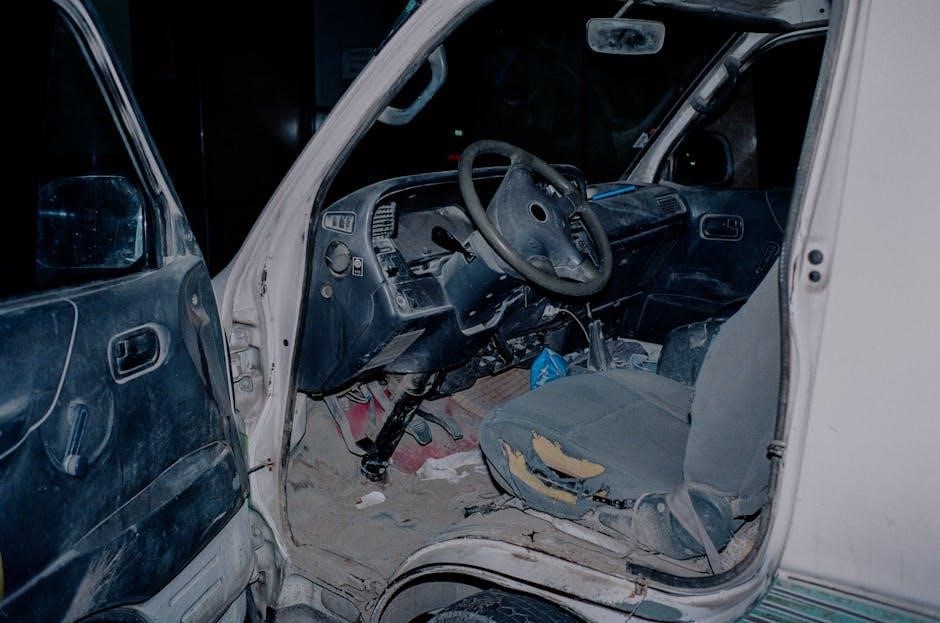
Installation and Setup
Proper installation is crucial for safety. Begin by securing the Doona Base in your vehicle, ensuring it is level and tightly fastened. Follow the manual for precise adjustments and attaching the car seat to the base. Always verify stability before use.
3.1 Base Installation Requirements
The Doona Base must be installed correctly to ensure your child’s safety. First, adjust the base level using the built-in leveling mechanism. Ensure the base is tightly secured in the vehicle seat using the vehicle’s seatbelt or LATCH system. The base is compatible with rear-facing installation only and is designed for children weighing 4-35 lbs (1.8-15.8 kg). Always refer to the user manual for specific leveling instructions and installation steps. Never install the base without ensuring it is level and securely fastened. Proper installation is critical to prevent any risks during travel. After installation, test the stability by gently rocking the base to ensure it is firmly in place.
3.2 Securing the Base in the Vehicle
Securing the Doona Base correctly is essential for your child’s safety. Use the vehicle’s seatbelt or LATCH system to fasten the base tightly. Ensure the base is level and firmly attached to the vehicle seat. Tighten the seatbelt or LATCH straps until no movement is detected. Always check the base’s stability by gently rocking it side to side and front to back. If using a seatbelt, thread it through the designated belt path on the base and tighten firmly. For LATCH, attach the connectors to the vehicle’s anchors and tighten until secure. Ensure the base is snug against the vehicle seat to prevent any shifting. Refer to your vehicle’s manual and the Doona user guide for compatibility and specific installation instructions. Properly securing the base ensures optimal protection for your child during travel.
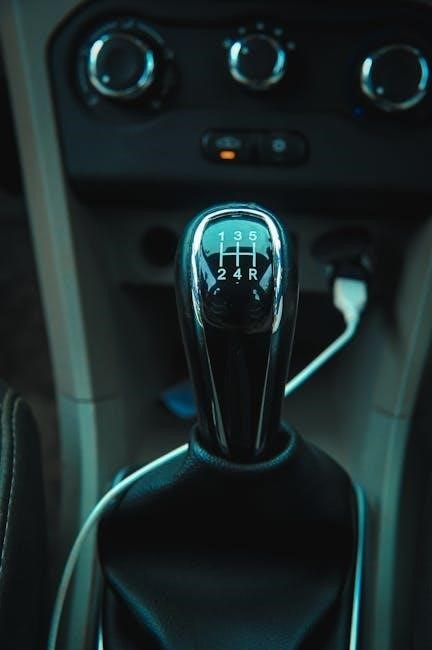
3.3 Attaching the Doona Car Seat to the Base
Attaching the Doona Car Seat to the base ensures a secure and stable connection for your child’s safety. Begin by ensuring the base is properly installed and leveled in your vehicle. Locate the attachment points on the underside of the Doona Car Seat, which align with the base’s connectors. Gently lower the car seat onto the base, ensuring it clicks securely into place. Check for a firm connection by gently rocking the seat back and forth—it should not move excessively. Once attached, verify that the seat is snugly fitted to the base and that all locking mechanisms are engaged. Always refer to the user manual for specific guidance on securing the car seat to the base. Proper attachment is critical to ensure the system functions correctly in the event of sudden stops or impacts.
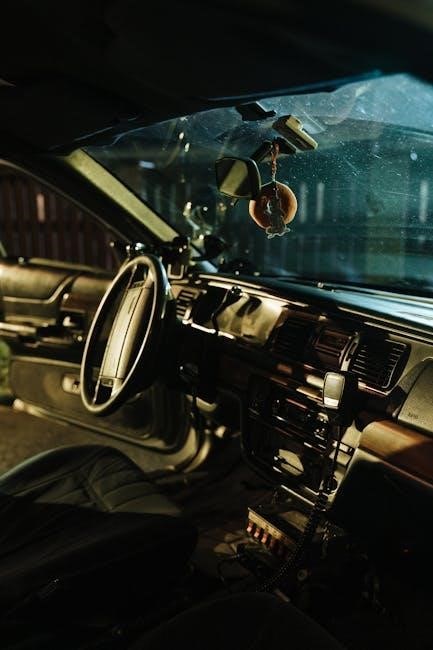
Safety Guidelines
Always prioritize your child’s safety by following proper installation, securing the harness tightly, and monitoring temperature extremes to prevent overheating or overcooling.
4.1 Usage Restrictions
The Doona Car Seat is designed for rear-facing use only and is intended for infants weighing 4-35 lbs (1.8-15.8 kg) and measuring 32 inches (81 cm) or less in height. Never use the Doona Car Seat for running or skating, as it is not designed for such activities. Avoid using the seat if it has been involved in a crash or is damaged. Do not use it as a substitute for a bed or cradle, and never leave your child unattended in the vehicle due to potential temperature extremes. The Doona Car Seat is FAA-approved for air travel but must be used without the base and secured using the lap belt method. Always ensure proper installation and adherence to weight and height limits for optimal safety and functionality.
4.2 Proper Harness Securing Techniques
Properly securing your child with the Doona Car Seat harness is crucial for safety. Always ensure the harness is snug, with no slack, and the chest clip is positioned at armpit level. The straps should be adjusted to fit your child’s body comfortably, avoiding any twisting or looseness. For infants, the newborn insert must be used to ensure proper fit. When tightening the harness, pull the straps firmly to remove any slack, ensuring the child is secure. The Doona Car Seat must only be used in rear-facing mode, and the harness should never be loosened while in use. Following these steps ensures optimal protection and comfort for your child during travel, whether in car or stroller mode. Always refer to the manual for detailed guidance on harness adjustment and securing techniques.
4.3 Temperature Warnings
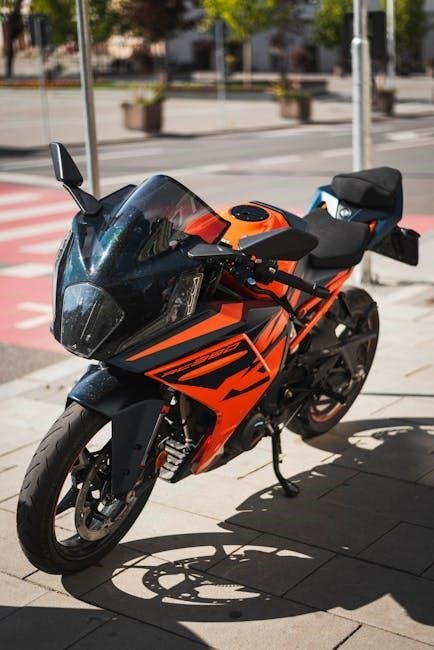
Never leave your child in the Doona Car Seat inside a parked vehicle, as temperatures can rise or drop rapidly, posing serious safety risks. Always monitor your child’s comfort, especially in extreme weather conditions. Avoid exposing the seat to direct sunlight for extended periods, as this can cause overheating. Ensure your child is dressed appropriately for the weather, avoiding bulky clothing that could interfere with the harness fit. The Doona Car Seat is designed for use in vehicles and strollers, not as a substitute for a bed or cradle. Always prioritize your child’s safety by adhering to these temperature guidelines, ensuring their well-being during travel and outdoor use.
4.4 Post-Crash Guidelines
If the Doona Car Seat has been involved in a crash, it must not be used again. Even if no visible damage is present, the seat may have internal structural compromises that could affect its safety performance. Always inspect the seat thoroughly for any signs of damage, such as cracks, dents, or loosened parts. Refer to the user manual for specific post-crash inspection procedures. If unsure, consult a certified professional or contact the manufacturer. Never attempt to repair the seat yourself. For your child’s safety, replace the Doona Car Seat immediately after any crash, even if it appears undamaged. Proper disposal of a damaged seat is essential to prevent accidental reuse. Always prioritize your child’s safety by adhering to these guidelines.
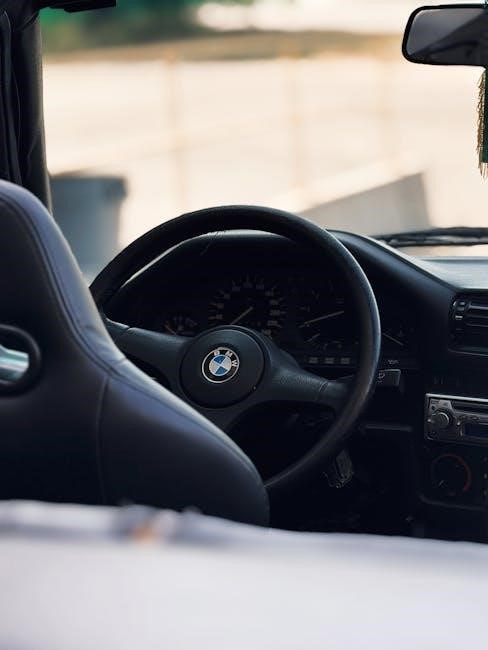
Maintenance and Care
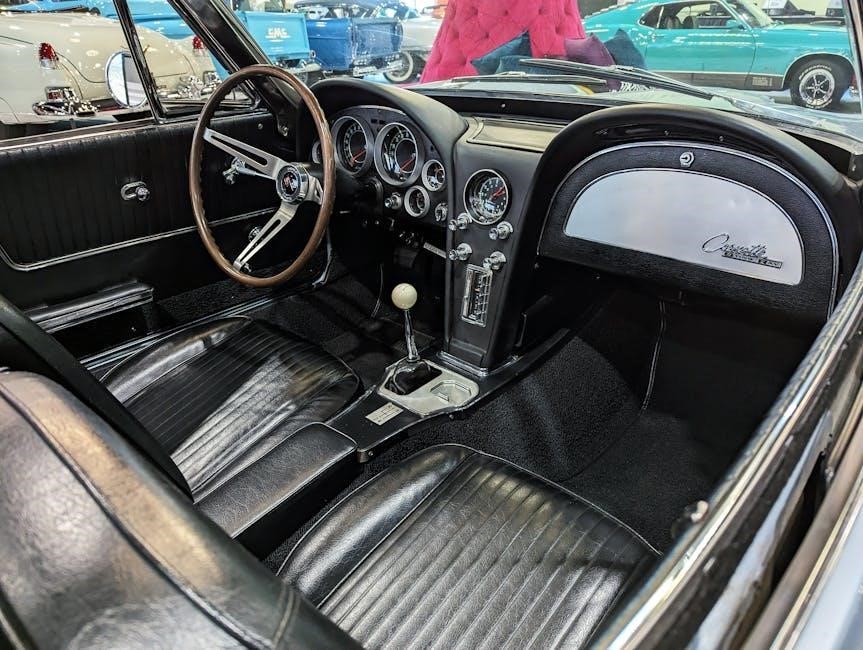
Regularly inspect the Doona Car Seat for damage, clean fabric with mild detergents, and store it in a dry, cool place when not in use.
5.1 Cleaning the Doona Car Seat
Cleaning the Doona Car Seat is essential for maintaining hygiene and safety. Use mild soap and water to wipe down the fabric, avoiding harsh chemicals or abrasive materials. Spot clean stains gently, ensuring no moisture seeps into the padding. The harness and buckle can be cleaned with a damp cloth, but never submerge them in water. Avoid machine washing or drying, as this may damage the materials. For the shell, use a soft-bristle brush or a clean, damp cloth to remove dirt. Allow all parts to air dry thoroughly before reuse. Regular cleaning prevents bacterial growth and ensures the seat remains safe for your child. Always refer to the manual for specific cleaning instructions to avoid voiding the warranty.
5.2 Storage Recommendations
Proper storage of the Doona Car Seat is crucial for maintaining its quality and safety. When not in use, store the seat in a cool, dry place away from direct sunlight. Ensure the handle is engaged in position A to maintain its shape and prevent damage. Avoid storing the seat in basements, attics, or areas prone to moisture, as this can lead to mold or mildew; Do not store the Doona in the vehicle for extended periods, as temperature fluctuations can affect its materials. Before storage, ensure the seat is clean and free of debris to prevent damage or odor buildup. Check for any wear or damage before and after storage to ensure it remains safe for use. Always follow the manufacturer’s guidelines to maintain the product’s integrity and warranty.
5.3 Regular Inspection Checklist
Regular inspections are essential to ensure the Doona Car Seat remains safe and functional. Start by examining the harness for proper tightness and fit, ensuring no signs of fraying or damage. Check the base for level adjustment accuracy and secure installation in the vehicle. Inspect the stroller mechanism for smooth operation and any blockages. Verify that all buckles and straps are functioning correctly and free from wear. Look for any cracks, dents, or damage to the seat shell or padding. Ensure the handle is securely locked in the correct position during use. Finally, inspect the fabric for cleanliness and integrity, avoiding any tears or stains. Regular checks help maintain safety and extend the product’s lifespan. Always refer to the manual for detailed inspection guidelines.

Accessories and Compatibility
The Doona Car Seat is compatible with approved accessories like the Liki Trike and SensAlert, enhancing its functionality. Always use Doona-recommended products for safety and optimal performance.
6.1 Approved Accessories
The Doona Car Seat is compatible with a range of approved accessories designed to enhance functionality and safety. These include the Liki Trike, a foldable tricycle that integrates seamlessly with the Doona, and the SensAlert, which provides real-time monitoring of the child’s environment. Additionally, the newborn insert is recommended for smaller infants to ensure a snug and secure fit. Other approved accessories, such as sunshades, can protect your child from harsh sunlight while in stroller mode. Always use only Doona-approved products to maintain safety standards and ensure proper compatibility. These accessories are specifically designed to work with the Doona system, offering convenience and peace of mind for parents. Using unauthorized accessories may compromise safety and void the warranty, so choose wisely for optimal performance and protection.
6.2 Compatibility with Other Doona Products
The Doona Car Seat is part of a comprehensive product ecosystem designed for seamless integration with other Doona accessories and systems. It is fully compatible with the Liki Trike, a foldable tricycle that offers a versatile transition from stroller to trike. Additionally, the SensAlert smart pad is compatible with the Doona Car Seat, providing parents with real-time alerts about their child’s safety and comfort. The Doona Base is specifically designed to work exclusively with the Doona Car Seat, ensuring secure installation in vehicles. Other compatible accessories include the newborn insert and sunshade, enhancing comfort and protection. Compatibility ensures a cohesive and safe experience across all Doona products, making it easy for parents to create a complete mobility solution for their child.

Troubleshooting Common Issues
Address base leveling, harness tightening, and stroller mode malfunctions. Refer to the manual for solutions to ensure proper function and safety of the Doona Car Seat.
7.1 Base Level Adjustment Problems
If the Doona Base isn’t leveling correctly, ensure the vehicle seat is flat and free from obstructions. Use the built-in spirit level to confirm proper alignment. Adjust the base only as described in the manual to avoid safety risks. If issues persist, check for uneven surfaces or debris. Ensure the base is securely fastened to the vehicle seat using the provided installation methods. Proper leveling is crucial for the car seat’s performance and your child’s safety. Always refer to the user guide for detailed instructions on base level adjustment. If problems remain, contact customer support for assistance. Regularly inspect the base for damage or wear. Adjustments outside the manual’s guidelines may void safety certifications. Proper installation ensures optimal protection for your child during travel.
7.2 Harness Tightening Difficulties
If you experience issues tightening the harness, ensure the straps are not twisted and the buckle is properly aligned. Check that the harness is at the correct height for your child. Tighten the straps evenly, ensuring a snug fit without excessive force. If the harness feels too loose or tight, adjust the shoulder straps or consult the manual for guidance. Avoid using aftermarket products, as they may compromise safety. If difficulties persist, inspect for worn or damaged straps and replace them if necessary. Always ensure the harness is securely fastened to protect your child during travel. Proper harness tension is critical for safety, so refer to the user guide for detailed instructions. If unresolved, contact Doona customer support for assistance. Regular checks can prevent such issues and ensure optimal protection for your child.
7.3 Stroller Mode Malfunctions
If the Doona fails to transition smoothly into stroller mode, check for obstructions around the wheels or handle. Ensure the handle is fully extended and locked in position A, B, or C as described in the manual. Verify that the base is securely detached and the stroller wheels are free from debris. If the wheels do not extend properly, clean them gently with a soft cloth and ensure they are aligned correctly. Avoid using excessive force, as this may damage the mechanism. If issues persist, inspect for loose parts or damage and tighten any components as needed. Regularly lubricating moving parts can prevent malfunctions. Always ensure the stroller is in the correct mode before use. For unresolved problems, refer to the troubleshooting section or contact Doona customer support for assistance. Proper maintenance ensures smooth functionality and safety for your child.
The Doona Car Seat offers a safe and convenient solution for parents. Always follow manual guidelines for installation, maintenance, and troubleshooting to ensure your child’s safety.
8.1 Summary of Key Points
The Doona Car Seat Manual emphasizes safety, convenience, and proper usage. It highlights the importance of rear-facing installation for infants weighing 4-35 lbs (1.8-15.8 kg) and under 32 inches tall. The integrated stroller functionality offers a seamless transition, while maintenance tips ensure longevity. Key guidelines include never leaving a child unattended in the vehicle, avoiding use in crashes or damage, and securing the harness correctly. FAA approval allows air travel without the base. Troubleshooting sections address common issues like base leveling and harness tightness. Regular inspections and adherence to temperature warnings are crucial. By following these guidelines, parents can ensure a safe and enjoyable experience for their child using the Doona Car Seat and Stroller system. Proper care and usage maximize its benefits, making it a reliable choice for daily use and travel.
8.2 Final Safety Reminders
Always prioritize your child’s safety by following these essential guidelines:
- Never leave your child unattended in the Doona Car Seat, especially in a vehicle, due to potential temperature extremes.
- Do not use the car seat post-crash or if it is damaged, as its structural integrity may be compromised.
- Ensure the harness is securely tightened and properly positioned to provide optimal protection.
- Avoid exposing the seat to extreme temperatures, which could affect its performance and safety.
- Store the Doona correctly when not in use, engaging the handle in position A to prevent accidental movement.
- Regularly inspect the seat for wear, tear, or damage, and address any issues promptly.
By adhering to these final safety reminders, you can ensure your child’s well-being and maximize the Doona Car Seat’s effectiveness in both car and stroller modes.
